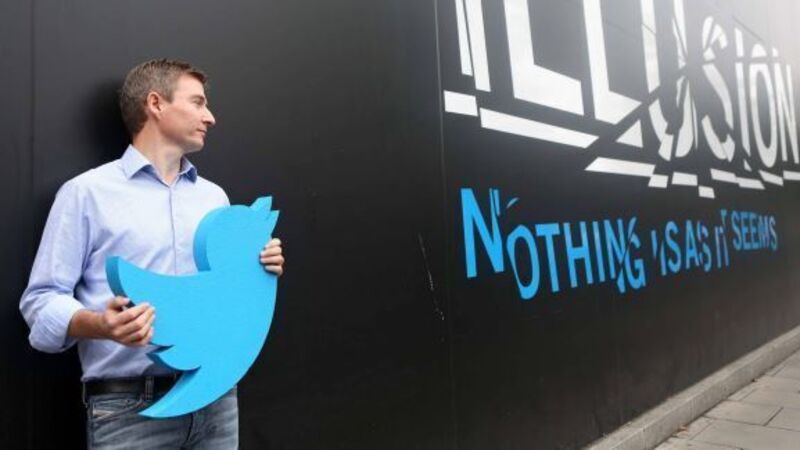Twitter lifts veil with morsels of information

The roughly 800-page filing Twitter released late on Thursday on its way to an eagerly anticipated IPO contains tantalising titbits about its growth and its attempts to make money from its influential short messaging service.
Prospective investors and rivals alike will dissect and digest those morsels during the next few weeks leading up to the San Francisco company’s Wall Street debut.
















